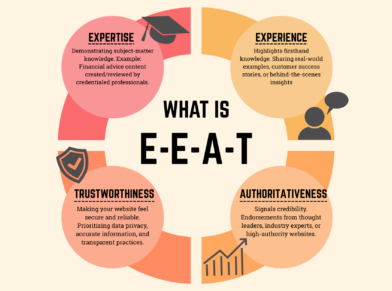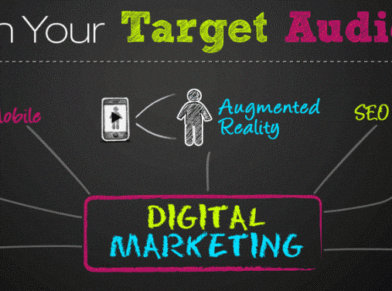STOPS TO DRIVE YOUR 2018 MARKETING STRATEGY

The process of moving from where you are to where you want to be is always a journey. In business, it’s important to plot your course and establish a direction.
If you seek to drive revenue you may have to make a necessary pit stop like improving your Google ranking. Widening your customer base might require making a hard left by increasing website visits.
Circle Back
Sometimes going in circles can actually be a good thing. Looking to where you’ve been is often an effective way to help you understand where you need to go. Start by reviewing each aspect of your traditional and digital marketing plan. Pull data from your email marketing stats, PPC campaign results, website’s google analytics and social media efforts. See how each performed the year before. Were there certain blog topics that resonated with your target audience? Did one keyword in your content marketing scheme outperform all others? Or, were your traditional media placements and creative outdoor and radio advertisements responsible for driving sales?
Upon review, you may decide to dedicate your marketing budget to one impactful medium. Or, you may find diversifying your spending helps you to truly own your market segment. In any event, take some time to shift into reverse for insights into how customers are responding to your brand.
- Determine Your Start Point
When planning your 2018 marketing strategy, start off top-heavy. We mean that literally. Gather managers from each department to help you identify all key components. Once you have tangible ideas from each corner of your corporate globe, you can think through how to execute them.
No one knows the ins and outs of your brand like your core leadership team. Leverage them to establish the key pieces you’ll need to build the plan including:
- Selling Points – Who are you and what makes your product or service different.
- Target Market – Get as specific as possible, drill down and segment past age and gender.
- Ideal Channels – Typical outlets like “online” or “tv,” while effective, are too generic on their own. Think through the type of sites your market visits. How would they go about finding information for your type of product or service? Use this to determine the best way to reach your targets.
- Budget – Just because one avenue has a large viewing audience, doesn’t mean it’s worth your investment. Quality ads on the right channels may not come cheap. Be realistic about your budget and research carefully to see that your particular market segment has a good chance of conversion before you hit the gas.
- Plot Mile Markers
Use guides to point you in the direction of your goals. If you’re having issues identifying key pieces about your company, see if a SWOT analysis, buyer personas, market research or a competitive analysis can help give you the green light.
With your key components plotted, allocate your budget per channel. Note the costs of each and establish goals for those channels. Pay close attention to dollars spent, as you’ll ultimately be weighing them against the profit a sale is expected to generate.
You might consider putting some of each of these into your digital marketing tank:
- Search Engine Optimization– aka search marketing
- Online Advertising– retargeting, PPC, and Adwords
- Email marketing– with market segmentation for increased ROI
- Organic and paid social media– emphasis on paid
- Website– optimize pages on your site and increase domain authority
- Public relations– to help with community and online reputation management
- Influencer marketing– target the thought leaders in your industry
- Content marketing– create a schedule based on keywords and trending topics
- Traditional marketing– outdoor advertising, magazines, etc.
Most importantly, make sure the established goals are SMART – specific, measurable, attainable, realistic and timely. Doing so will clearly denote whether you’re heading in the right direction or show you where to course correct, especially as the year progresses.
- Refuel with the Team
Your marketing vehicle needn’t accommodate the entire team at each stop along the way. It is a good idea, however, to pause and refuel with them once you have your route outlined. Perhaps they know of a shortcut here or an alternate route there.
Share what you and your team leads have planned and welcome feedback. Whether the process points ideas in a new direction or spawns new ones along your same path, you’ll be better for it.
At this stage in your travels, it might also be a good idea to bring in an outside digital marketing firm to help look over your marketing map. They’re trained to help point out potential roadblocks and can help tune it to precision.
- Designate a Driver
Once you’re ready to put the pedal to the metal, put someone in the driver’s seat who’s studied the roadmap. You may identify one dedicated person who’s in charge of working with the various departments. You could also split up the drive between many people in charge of individual key pieces. The idea is to hold someone(s) solely responsible for the implementation, ongoing management, and final results.
Whether as a whole or as part of specific departmental agendas, it’s crucial to ensure that things are carried through to fruition. Again, if all your internal drivers are busy advancing other goals, a digital advertising agency can supplement as a full in-house marketing team.
In short, as your business races into the new year, it can be helpful to periodically pump the brakes to make sure you’re destined for success.
Not sure which stops are best for your business strategy? Hire a full-service marketing agency to help point you in the right direction or do the driving for you.

















